Bringing the Court north of the 59th parallel
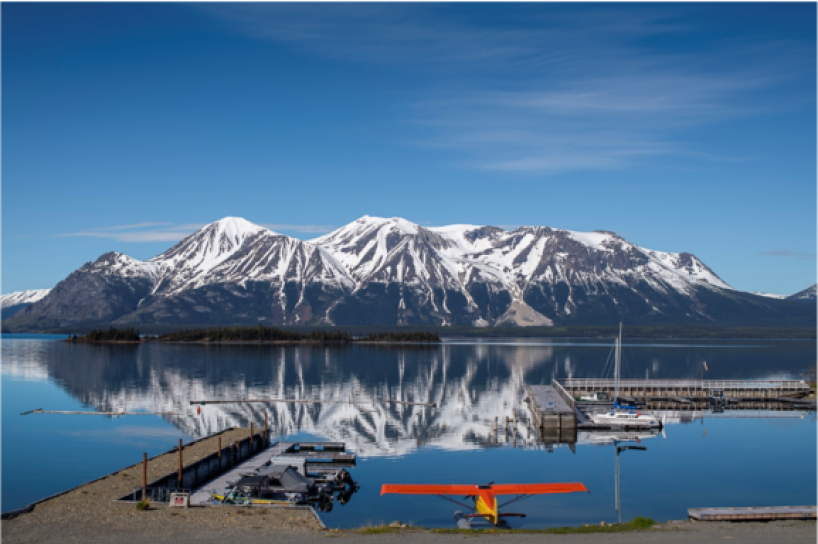
Judge Gurmail Gill shares impressions and photos of the BC Provincial Court’s Northern circuit, which takes him north of the 59th parallel to the remote northern communities of Atlin, Lower Post, and Good Hope Lake four times a year.
“The northern part of British Columbia has had a colourful history. By the mid-nineteenth century, fur traders and miners had flooded into many of its communities. The transient visitors now having vanished, many of these communities are once again occupied primarily by their original Indigenous peoples, who are steadfastly building their futures.
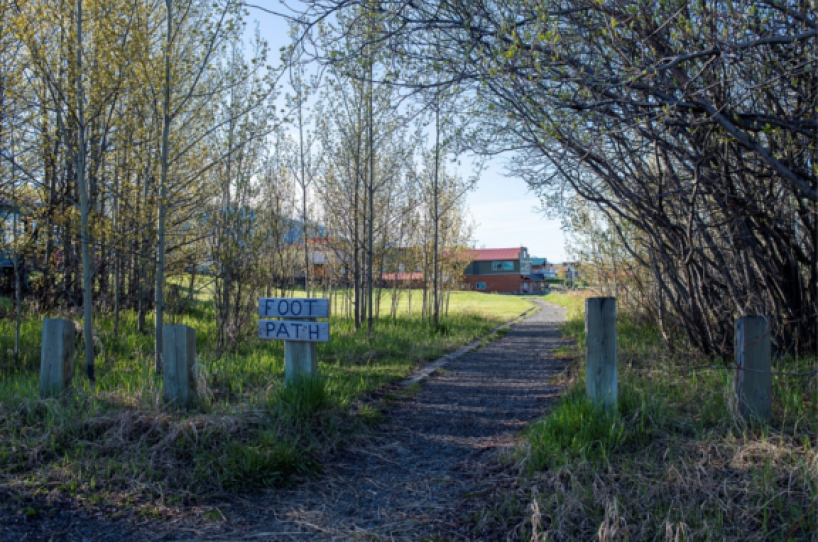
The entire landscape is one of rugged peaks, sweeping lakes, and abundant wildlife. With winter temperatures falling well into the double-digit negatives, nature can be harsh, and it can be unforgiving. It was through this environment that, in the mid-1940s, for military reasons, the United States built the Alaska highway which now links the entire region from east to west. Military engineers also built the road to Atlin, colourfully naming two of the lakes along the way Snafu Lake and Tarfu Lake!
It is here that the BC Provincial Court holds its northernmost circuit court, aptly named the Northern Circuit. Four times a year, a court team travels the Alaska Highway to reach the remote communities of Atlin, Lower Post, and Good Hope Lake. The team includes a court clerk, sheriffs, prosecutor, Legal Aid duty counsel, probation officer, justice workers, and others, who converge from all corners of the province.
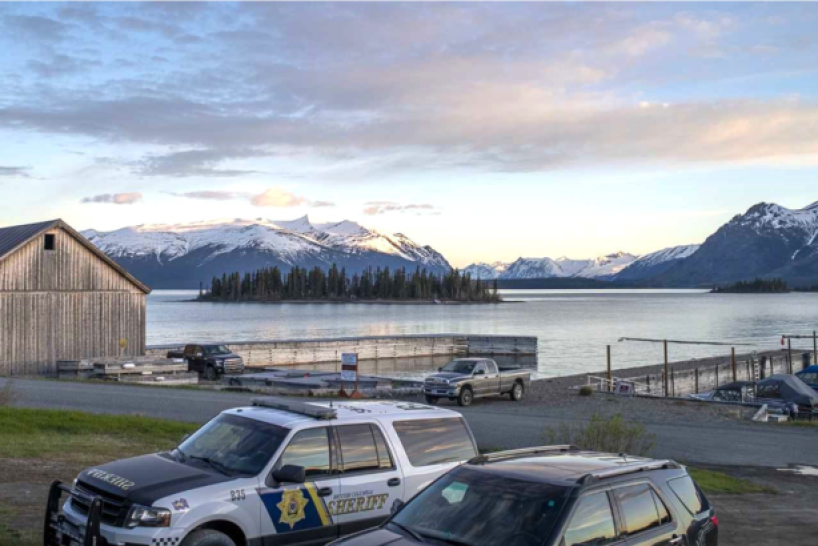
Everyone brings a spirit of dedication and readiness to meet any challenge, whether it’s impassable roads, equipment glitches, power outages, loss of internet, or anything else. Since the Court sits for one day at each location, and only four times a year, court days can sometimes be very long, stretching into the night. The limitations on institutional services in remote northern communities require adaptations. Court orders that might be effective in urban centres down south are often impractical in a community of 500 people. Promisingly, Indigenously sourced programs under local governance are underway.
Since the three communities lie hundreds of kilometers apart, the circuit requires a lot of road travel. Although winter road conditions can be treacherous, the drive is often more rewarding in other seasons. Frigid winters are replaced by warm, embracing summers having almost 24 hours of daylight. The arrival of fall turns green leaves into blazing yellow, deep red, and burnt orange. Drives routinely offer views of grazing bears, herds of caribou, and even a glimpse of the occasional wolf. And the night sky is magical.
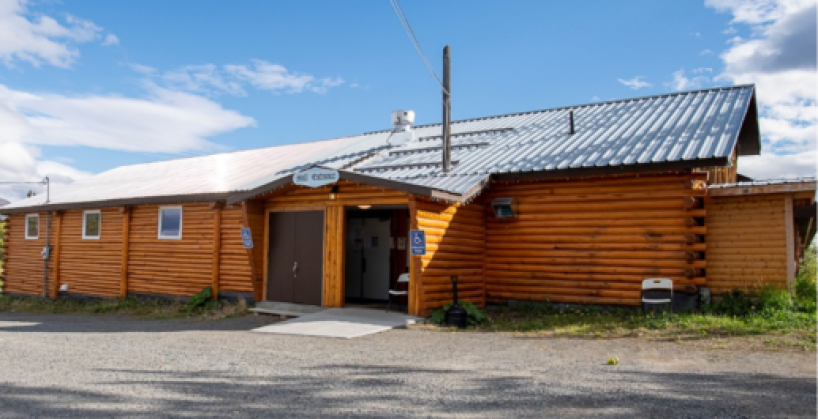
The people of the North are equally as rugged as its geography. Both resilient and welcoming, they graciously accommodate the Provincial Court’s sittings in their communities. Conversations with elders reveal a spiritually deep relationship to the land and all that it provides. One summer, community representatives in Lower Post invited the court team to visit a nearby camp where moose hide tanning was in progress. While nibbling on nuggets of roasted moose meat at an idyllic lakeside setting, we watched as Elder women demonstrated and passed on knowledge of the craft to younger members of their community.
Despite all the challenges associated with justice delivery in the vast, rugged and isolated North, you feel a sense of shared purpose and of community there that isn’t common in urban settings. It is rewarding to be able to contribute to that.
Among the long row of retired judge’s portraits on a wall in the Surrey Judges’ Chambers is one of the late Norman Collingwood. As the background for his portrait, he chose the old Atlin courthouse where he sat as a judge on the Northern circuit. (That courthouse has since become a museum.) After serving as the Northern circuit judge, I understand why Judge Collingwood chose that setting. The entire North speaks to one’s spirit in ways much better experienced than described.”
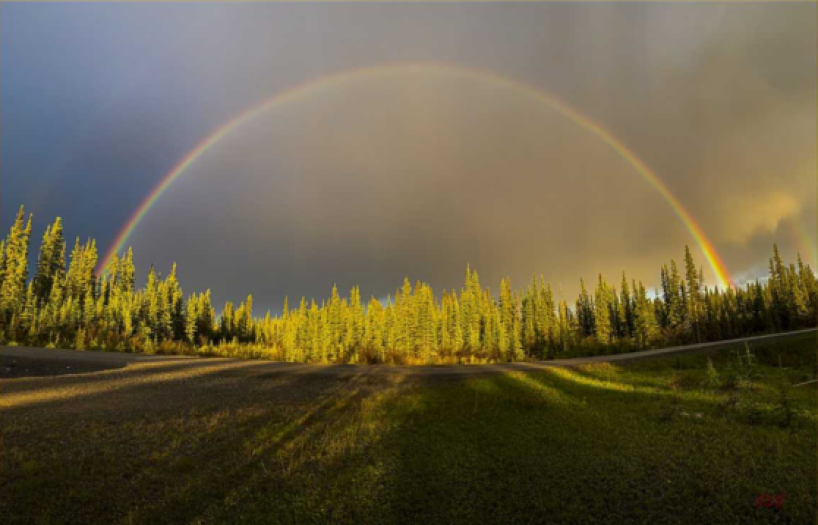
This page was printed from:
https://provincialcourt.bc.ca/news-notices-policies-and-practice-directions/enews/22-07-2025
